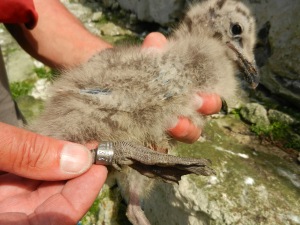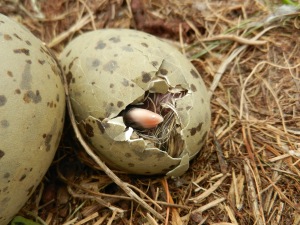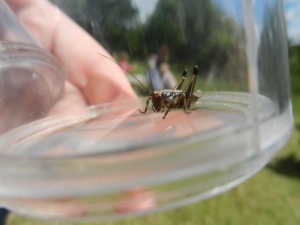Here comes the weekend, I get to see the insects
Winter is beginning to settle into the bones now, don’t you think? I’ve had needed to layer up and dig out the thick socks! In the garden, I have been doing some tidying and sorting – pruning of fruit bushes and the hedge. Rather than putting into the green waste bin or straight into the compost, I have made a nice heap of all the cuttings, in the vain hope that I’ll get a hedgehog in there.
Whilst gardening, I was joined by that trusty gardener’s companion, the ever-lovely Robin (Erithacus rubecula). Additionally, I came across a Common Wasp (Vespula vulgaris) in the shed, and some Candlesnuff fungus (Xylaria hypoxylon) by the pond. The latter is a new addition to the garden list, and is quite a distinctive and beautiful fungus species, so do look out for it!
I do believe this is Candlesnuff Fungus (Xylaria hypoxylon). Found by the garden pond. #fungi #gardenwildlife pic.twitter.com/1KGoVEFMqg
— Megan Shersby (@MeganShersby) November 17, 2015
The discoveries continued at the weekend when I attended a course run by the local Wildlife Trust (BCN) – Indoor Invertebrate Techniques, which looked at the different methods for identifying species under microscopes (usually look at their “bits”), for pinning and preserving them. It was highly interesting, though I wish there had been a bit more practical stuff – such as doing some pinning. We did get to dissect a beetle though – taking off its abdomen in order to find its genitalia. Gross, but fascinating.
At Wimpole, they have moved the gorgeous White Park cattle into a field so they are no longer about to keep me company when I am at the Garden Gate ticket office. However, the ornithological gang were about as usual, and of course, I had to take a few photos of them! I counted 11 species on one of the days, which is rather decent for one small spot, plus there were a few species that I know are around there but I didn’t see on that particular day!
At the end of the fortnight, I was headed up to Shropshire as I was treating myself to a weekend away. On a course about dissecting moths to look at their genitals! Busman’s holiday anyone? It was a fascinating weekend, run by Dave Grundy for the Field Studies Council as part of their Tomorrow’s Biodiversity project (and thus very kindly, and heavily subsidised by the project). The first day was given over to demonstrating and attempting the different stages. We were given moths from Dave’s collection of “moths to ID”. I was dissecting a pug moth that had originally been collected in 2002! It turned out to be a male Grey Pug (Eupithecia subfuscata), and although my final slide is a little messy and the bits were all separated and not quite in the right positions, I was rather happy with myself!
The second day was given over to some discussions on the taxonomy of Lepidoptera, including the latest numbering system, followed by more practice in dissecting. On this day, I was doing two moths at the same time – a Copper Underwing sp. and a Common Rustic sp. Upon genital dissection and identification, I was able to say that they were a male Svensson’s Copper Underwing (Amphipyra berbera) and a female Lesser Common Rustic (Mesapamea didyma).







































